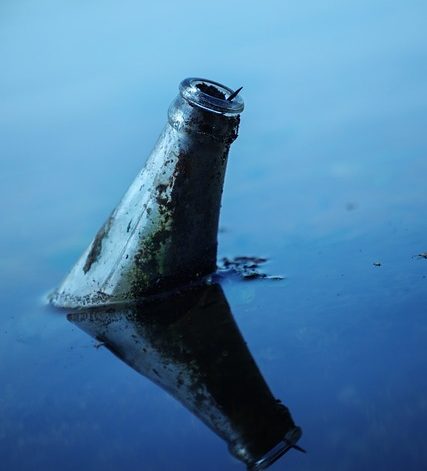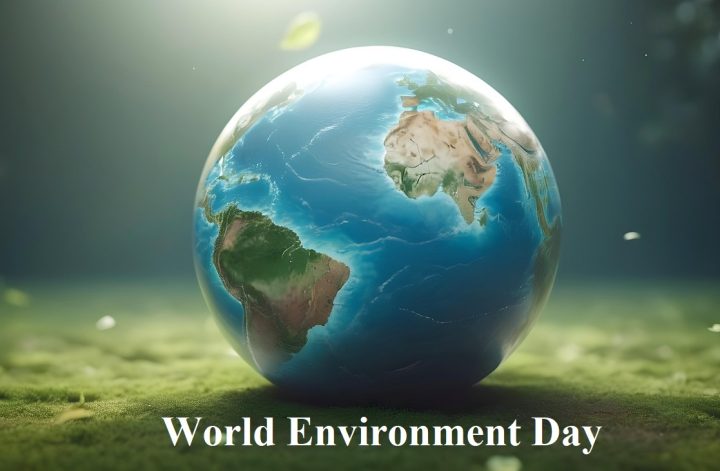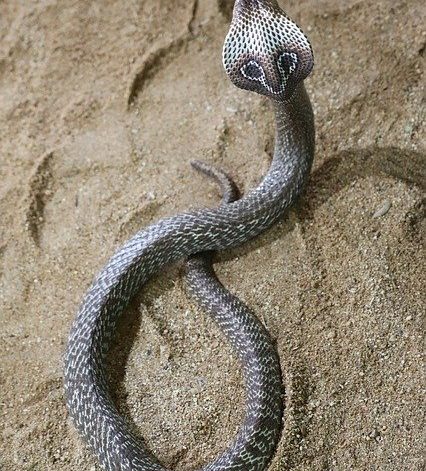All You Need To Know About Hudiara Drain:
Before delving into the environmental concerns and issues caused by the Hudiara Drain, we need to know where exactly is it located and what makes it so harmful to the environment.
Where is the Hudiara Drain located? – Its origin, geographic region and total length:
The Hudiara Drain begins in India’s Gurdaspure district in the village Batala and enters Pakistan near the Laloo village, Punjab. The length of the Hudiara drain that lies in India is of 44.2 km whereas the length that extends across Pakistani territory is of 54.4 km. This makes the total length of the Hudiara Drain to be 98.6 km.
It is unfortunate that despite being one of the River Ravi’s main tributaries; It has become extremely polluted. While the source of its pollution is also a case of transboundary pollution coming from Indian factories; Pakistan’s own factories also dump industrial and municipal waste into what was once a stormwater drain. Below are some environmental issues Pakistan and its people face due to the pollution of the Hudiara Drain.
Read more on Transboundary Pollution here: Impacts of Transboundary Pollution on Pakistan
Environmental Issues Due to Hudiara Drain:
Some of the major and most pressing issues are discussed below:
- Water and Groundwater Pollution: There are more than 80 industries set up at different points along the length of the Hudiara drain. Due to the dumping of industrial effluent in the drain, it not only causes high concentration of heavy metals in the water but also seeps underground. From there it percolates and enters the underground water tables that eventually are dug up and the water is used via tube-wells that are further used for crop irrigation. Not only that, it also leads to multiple health problems for the local villagers who dig wells and use the same water for drinking or domestic purposes. As a result it is also responsible for chronic illnesses due to bioaccumulation of those metals in their bodies. To read more on this, check out: Bioaccumulation and Biomagnification of Toxic Chemicals
- Pathogens, Diseases and Loss of Nutritional Value from Food: The water from this drain is also used for agricultural irrigation by villages and farmers alike. Farmers use this water as it provide them with a free source of irrigative water regardless of the fact that they are growing toxic vegetables and fruits laden with heavy metal contaminants and other pathogens. This not only depletes the nutrients from the vegetables that they may have contained if irrigated with a fresh and safe water source but also results in many water-borne diseases. Aside from the loss of nutritional value from the produce, the food grown using this water leads to malnutrition eventually causing diseases like scurvy etc.
- Heavy Metal Uptake by Crops: Certain vegetables like aubergine (eggplant) are resistant to the uptake of heavy metals and waste contaminants that can be toxic to humans. However, most crops and vegetables are not. There are reports showing that vegetables like Spinach takes up high concentration of heavy metal. It was also reported that the concentration of zinc in sponge gourd vegetable was 10 times higher than safe levels. This is alarming as vegetables and fruits grown via water fed by the Hudiara drain is not healthy or safe in the long term at all. Since heavy metals are persistent in nature and unbiodegradable, their presence continues to harm generations. Particularly, most vegetables can easily uptake Cadmium which is one of the most toxic heavy metals to humans. Read: Impact of Heavy Metal Pollution In Pakistan

- Odor and Reduced Aesthetic Appeal: Although immediately not as serious a concern as the ones mentioned above. In the long run however, it does matter as the odors also create problems for the population living in the region. The visual of the city and the municipal waste dumping from domestic sources also create a bad impression overall. It only serves to pollute the drain further and ultimately the River Ravi which leads to water pollution.
- Destruction of the Aquatic Habitat: With the amount of heavy metals, pesticides, pollutants and chemicals flowing in the waters of the drain, it is no wonder why there is no sign of aquatic life in the Hudiara drain. The DO (Dissolved Oxygen) levels in the water are below the normal levels (less than 4 mg/l) required for aquatic life to exist. Similarly, BOD (Biological Oxygen Demand) of the water was higher than normal (more than 8 mg/l) which, along with the increased water acidity– contributed to erasure of any kind of aquatic organism to thrive.
- Soil and Subsoil Pollution: Since the water from the drain is used widely for agricultural irrigation, this also impacts the soil. The water leaches in the soil where it leads to contamination of the soil with heavy metals and other harmful pesticides and industrial chemical effluents that can degrade the quality and fertility of the soil. Read: Land/Soil pollution – Causes, Effects, and Control
Conclusion:
So far the government of Pakistan and India have failed to find a solution regarding the problem of high levels of pollution in the Hudiara Drain on both ends. The result is that the consequences of this have to be born by the people. It is imperative that proper policies, bans and actions be taken in order to curb the harmful effects of the menace that is the Hudiara Drain.
Also check out:
Impact of Heavy Metal Pollution on the Environment
We hope you liked this post! Please comment below if you have any suggestions, comments or feedback! We at #envpk love hearing from readers! Thanks




